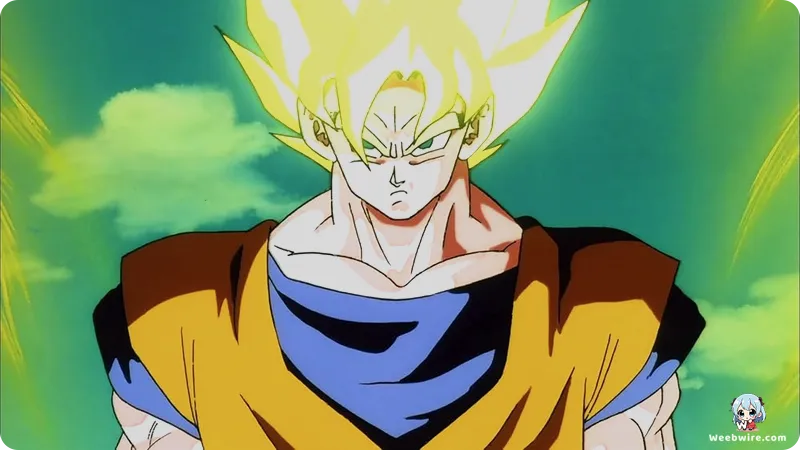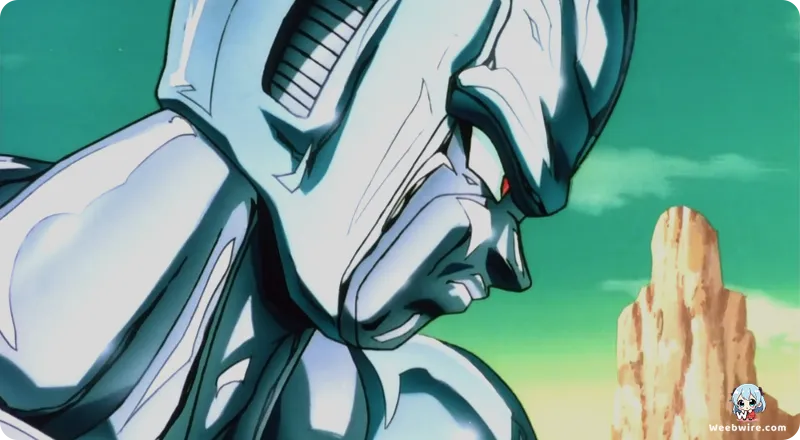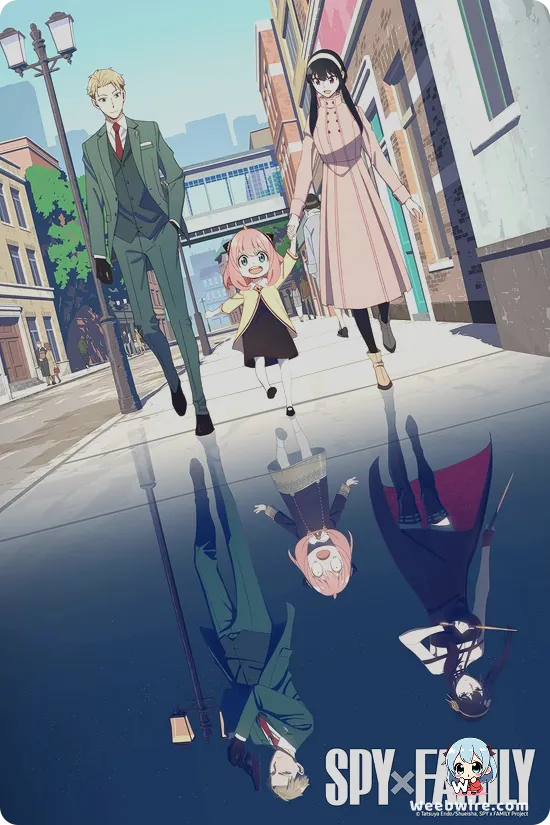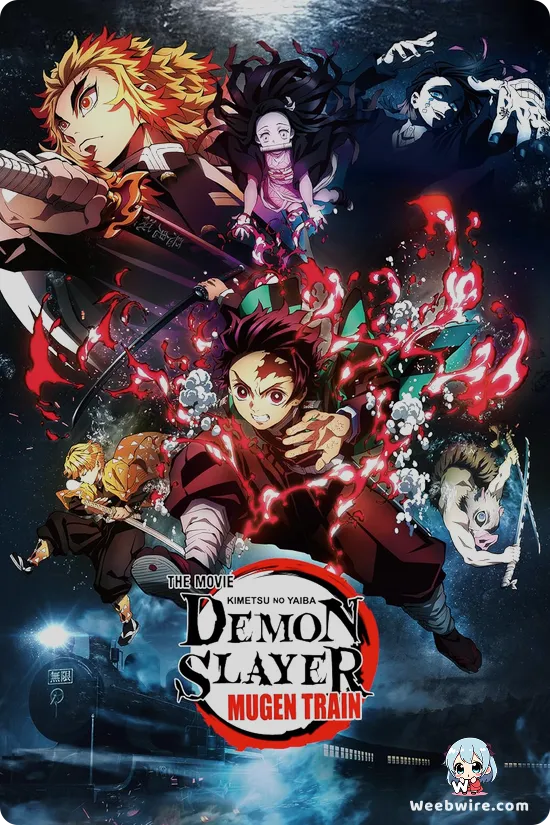Cybernetic Terror Unleashed: Revisiting Dragon Ball Z's Iconic 'Return of Cooler' Film

Released in March 1992, 'Dragon Ball Z: The Return of Cooler' quickly solidified its status as a thrilling, non-canon masterpiece within the beloved Dragon Ball Z universe. Beyond the iconic clash between Super Saiyan Goku and the formidable Metal Cooler, this film introduced groundbreaking concepts and intricate details that highlight its creative ingenuity and enrich the viewing experience.
The Cybernetic Threat of Metal Cooler
The movie's central innovation is Cooler’s terrifying resurgence, not through biological resurrection, but via a chilling technological evolution. Unlike his brother Frieza, Cooler transforms into a cybernetic entity, meticulously controlled by the Big Gete Star, a colossal, sentient, planet-consuming machine. This dramatic shift from an organic antagonist to a cybernetic, hive-mind foe injected a unique sci-fi horror element into the series, profoundly distinguishing Metal Cooler from all prior villains.
The Big Gete Star itself is a marvel of malevolent design: a parasitic, living planetary supercomputer that devours entire worlds to fuel its expansion and army generation. This presented a threat not as a singular warrior, but as an adaptable technological ecosystem capable of monitoring, analyzing, and instantly creating enhanced Metal Cooler replicas. The overwhelming scale of this threat, with countless Metal Coolers emerging endlessly, pushed Goku and Vegeta to their absolute limits. The chilling concept of infinite replication meant every destroyed Metal Cooler was instantly replaced, creating a profound sense of futility and relentless pressure, making their hard-won victory truly earned.

Evolving Dynamics and Super Saiyan Power
Amidst this onslaught, the film subtly depicted the evolving dynamic between Goku and Vegeta. Vegeta's timely, albeit grudging, intervention against the Metal Cooler army highlighted a burgeoning mutual respect that superseded their rivalry, foreshadowing future collaborations. Piccolo also played a vital defensive role, shielding allies and demonstrating his strategic intelligence and unwavering loyalty.
'The Return of Cooler' powerfully showcased Goku's Super Saiyan form, still new and awe-inspiring. It conveyed the immense power and significant energy drain required against an endless barrage of foes, solidifying the Super Saiyan as the ultimate emblem of Saiyan resolve while reinforcing the necessity of strategic thinking and teamwork.
Creative Freedom and Lasting Impact
As a non-canon entry, Toei Animation leveraged creative freedom to craft a compelling, self-contained story. This liberty explained Cooler's resurrection and Namek's unexpected return as a battleground, leading to some of the franchise's most imaginative and visually stunning battles. The film's lasting appeal is also rooted in iconic voice acting, Masako Nozawa's commanding Goku and Ryusei Nakao's chilling Cooler, coupled with Toei Animation's meticulous animation of the intricate Big Gete Star and gleaming Metal Coolers, creating a grand, fluid, and intense visual experience.
Ultimately, 'Dragon Ball Z: The Return of Cooler' transcends a mere action spectacle; it's a fascinating exploration of technological terror, strategic alliances, and the unyielding spirit of the Z-Fighters. Its unique villain and infinite Metal Cooler army secured its esteemed position as a standout entry, underscoring the depth and creativity behind this memorable chapter.
Credits
Dragon Ball Z: The Return of Cooler
Author
Akira Toriyama
Cover Art
Toei Animation Art Department
Studio
Toei Animation
Publisher
Shueisha
Producers





